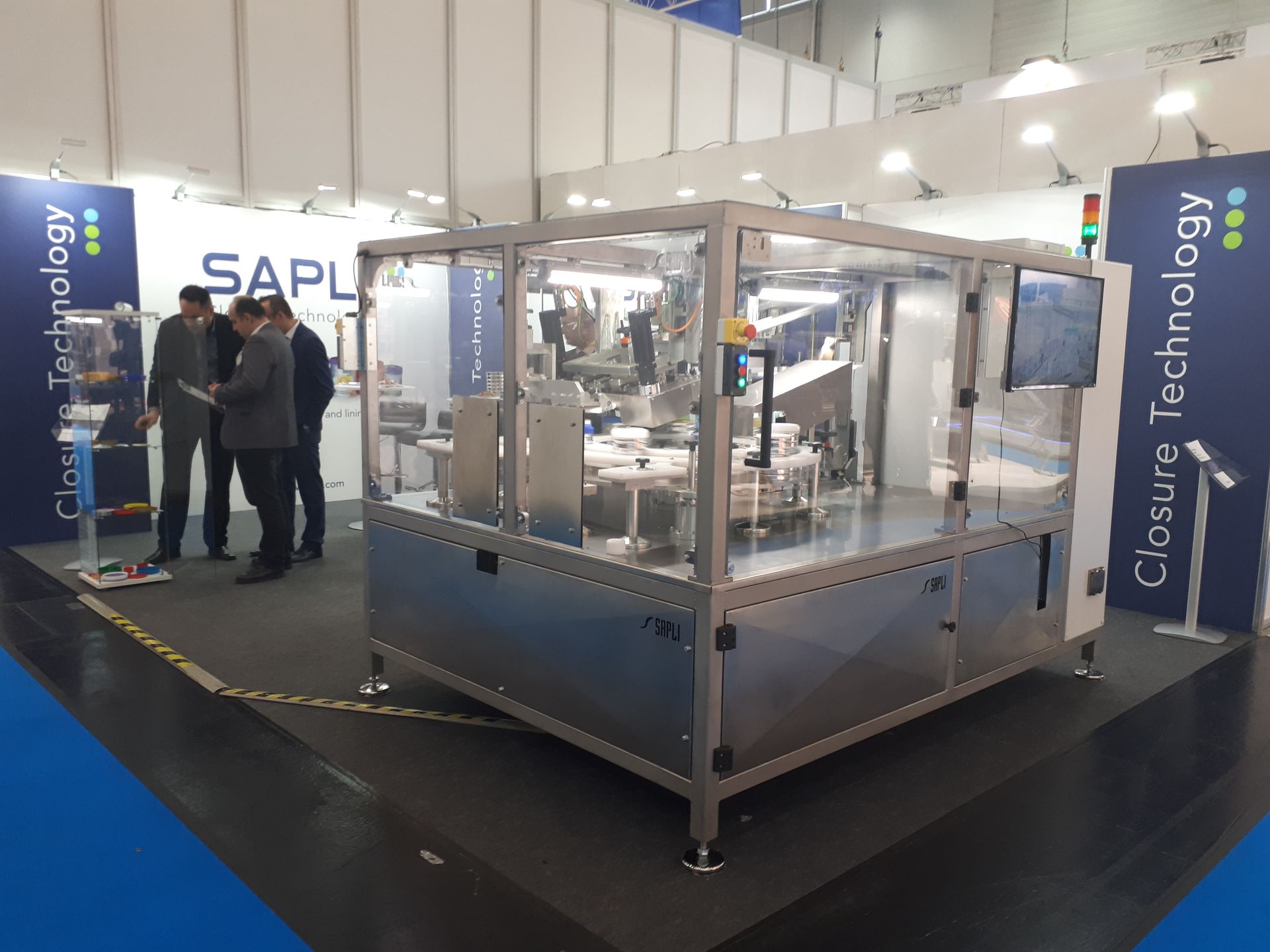Food Products Suitable for Modified Atmosphere Packaging
Food Products Suitable for Modified Atmosphere Packaging
WHOLE MILK POWDER consists mainly of whey proteins (almost 4%), caseins (almost 20%), milk fat (almost 26%), and lactose (almost 38%). The particles of milk powder consist of a continuous mass of amorphous lactose and other low-molar-mass components in which fat globules and proteins are embedded. The physical processes, involving mainly milk fat and lactose, together with chemical reactions, have the ability to reduce the shelf life of WMP and other dry products based on milk powder. These other products include infant formula and instant powders for coffee, cocoa, and chocolate-flavored beverages. Long-term storage of milk powder affects the nutritive value, mainly due to loss of lysine, and the sensory qualities of the reconstituted milk, as well as the functional and physical properties that are so important for the use of milk powder as a food ingredient.
Milk powder quality is influenced by various factors during processing or storage:
1. Manufacturing techniques and parameters
2. Drying techniques and conditions
3. Storage conditions
Three deteriorative reactions determine the shelf life of milk powder in practice: lactose crystallization, lipid oxidation, and Maillard reactions (nonenzymic browning).
The basic properties that determine milk powder quality, and where defects mainly appear, include powder structure, solubility, water content, scorched particles, owability, oxidative changes, avor, and color. Hence, milk powder quality should be quantified by the relationship between the perational process variables that best describe these properties.























